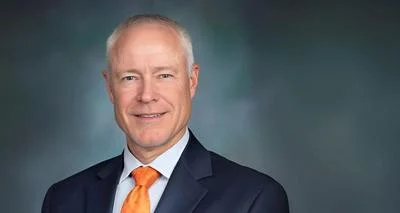Brian Calley President and Chief Executive Officer at Small Business Association of Michigan | LinkedIn
Brian Calley President and Chief Executive Officer at Small Business Association of Michigan | LinkedIn
In a workplace where Traditionalists, Boomers, Gen Xers, Millennials, and Gen Z collaborate daily, effective communication becomes the key to unlocking collective potential. However, generational divides can create barriers that hinder this potential. Understanding each generation's communication preferences and embracing their unique strengths is essential.
Traditionalists (born before 1946) value respect, loyalty, and formal communication. Having grown up in hierarchical work environments, they appreciate clear structures and well-defined roles. A recommended approach for communicating with Traditionalists is to use formal language and demonstrate respect for their experience through email or face-to-face interactions.
Baby Boomers (born 1946–1964) thrive on building relationships and prefer face-to-face communication. Although they have embraced technology, personal interactions are often favored over impersonal emails. For effective communication with Baby Boomers, setting up in-person meetings or calls for important discussions is advised. Emails should be concise yet professional while also showing interest in relationship-building.
Generation X (born 1965–1980) values efficiency and prefers straightforward communication. Known for their adaptability and independence, Generation X appreciates directness and respect for their time. Email or direct messaging works well for quick updates, while significant topics should be reserved for in-person meetings.
Millennials (born 1981–1996) are tech-savvy and feedback-oriented. Comfortable using various forms of technology for communication, Millennials value collaboration, open dialogue, and frequent feedback. Embracing technology such as instant messaging and video calls is suggested when communicating with Millennials. Providing continuous feedback and creating opportunities for collaborative communication platforms are also beneficial.
Generation Z (born 1997–2012), the first generation of true digital natives, prefers fast and efficient communication methods. They value transparency and expect leaders to be authentic and accessible. Using real-time communication tools like Slack or text messages is recommended when engaging with Gen Z. Keeping communication open and honest while embracing digital platforms for instant feedback will likely resonate well with them.
To bridge the gap across generations:
- Foster Open Dialogue: Create an environment where team members feel comfortable sharing their preferred communication styles.
- Leverage Technology: Use collaboration tools that allow varied communication methods.
- Be Flexible: Tailor your approach based on individual preferences rather than generational identity.
- Encourage Knowledge Sharing: Foster mentorship opportunities where older and younger generations can learn from one another.
When seamless communication flows across generations, teams can unleash their full potential. By understanding each generation’s style and adapting accordingly, leaders can cultivate a more inclusive, innovative workplace where every voice contributes to collective success.
By Lisa Fisher






 Alerts Sign-up
Alerts Sign-up